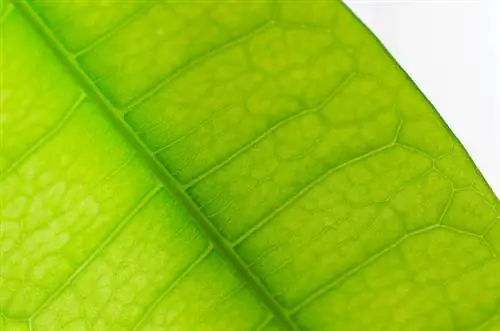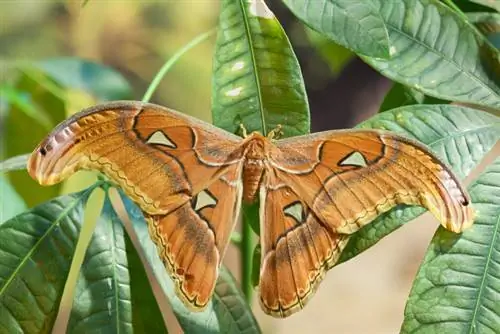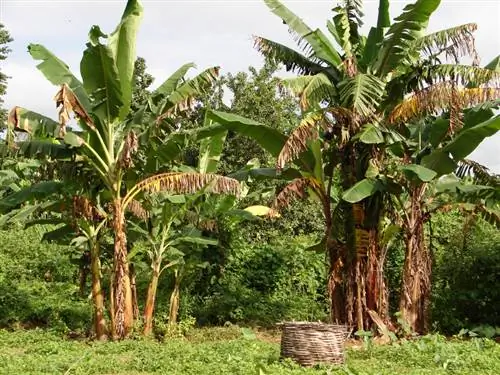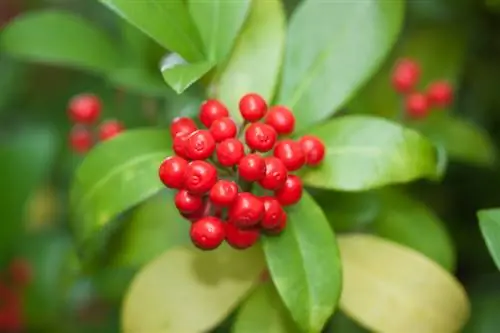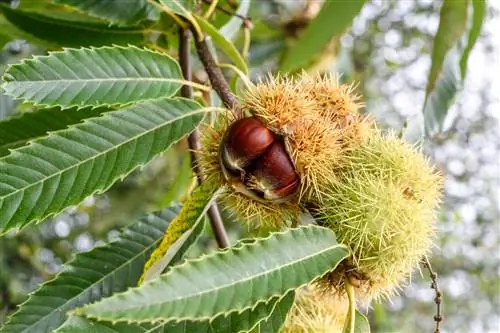- Author admin [email protected].
- Public 2023-12-16 16:46.
- Last modified 2025-01-23 11:21.
If the lucky chestnut gets yellow leaves, this is a sign that something is wrong with the care or that the Pachira aquatica is in a bad location. In most cases, if you optimize the conditions, the plant will recover quite quickly.
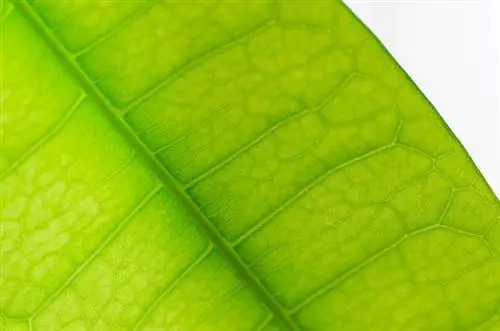
Why does the lucky chestnut have yellow leaves?
Yellow leaves on the lucky chestnut can be caused by a location that is too dark, low temperatures, low humidity, waterlogging, drafts or frequent changes of location. Optimize these conditions to strengthen the plant.
Causes of yellow leaves of the lucky chestnut
- Too dark location
- Ambient temperature too low
- humidity too low
- Waterlogging
- Draft
- frequent location changes
Pachira aquatica keep bright and warm
Lucky chestnuts need a location that is as bright and warm as possible. The ambient temperatures should be at least 15 degrees. Protect them from drafts.
Avoid moving Pachira aquatica frequently as it will not only react with yellow leaves but may even lose many leaves.
Don’t keep lucky chestnuts too moist
The biggest enemy of the lucky chestnut is waterlogging. The root ball must never be too moist. Always water carefully when the substrate is almost dry. The lucky chestnut survives short dry periods without any problems. Do not leave water standing in the saucer or planter. In winter, reduce the amount of water additionally.
When watering, use lukewarm, stale water that must be free of limescale.
Even if the lucky chestnut likes it rather dry in the root area, the humidity should not be too low. Spray the plants more often with lukewarm water that does not contain lime (€964.00 on Amazon). This measure also prevents possible infestation by pests such as mealybugs or spider mites.
Tip
In contrast to brown or yellow leaves, brown spots on the leaves of the lucky chestnut are usually an indication of a viral disease. Occasionally, pests are also responsible for the stains.

